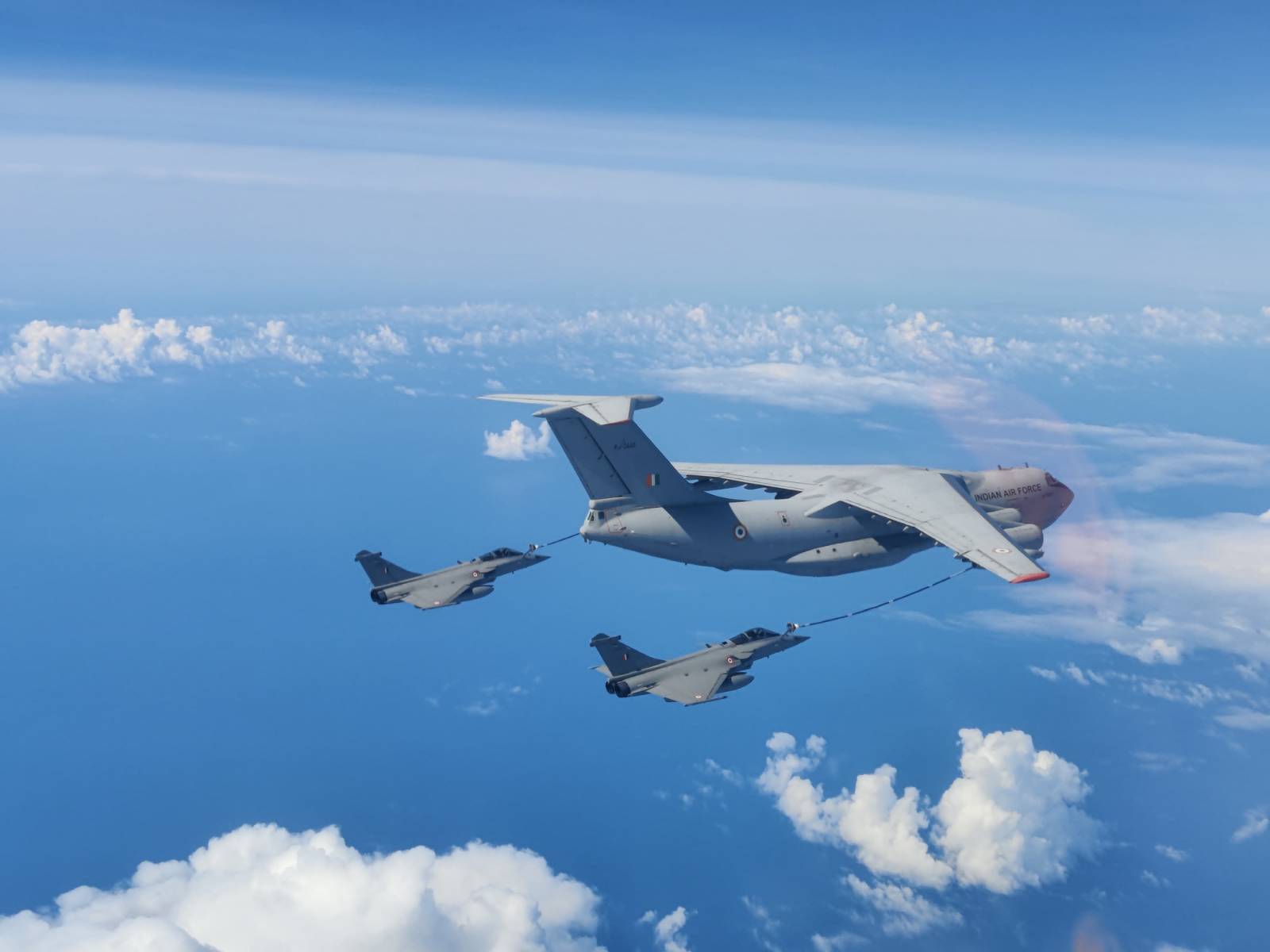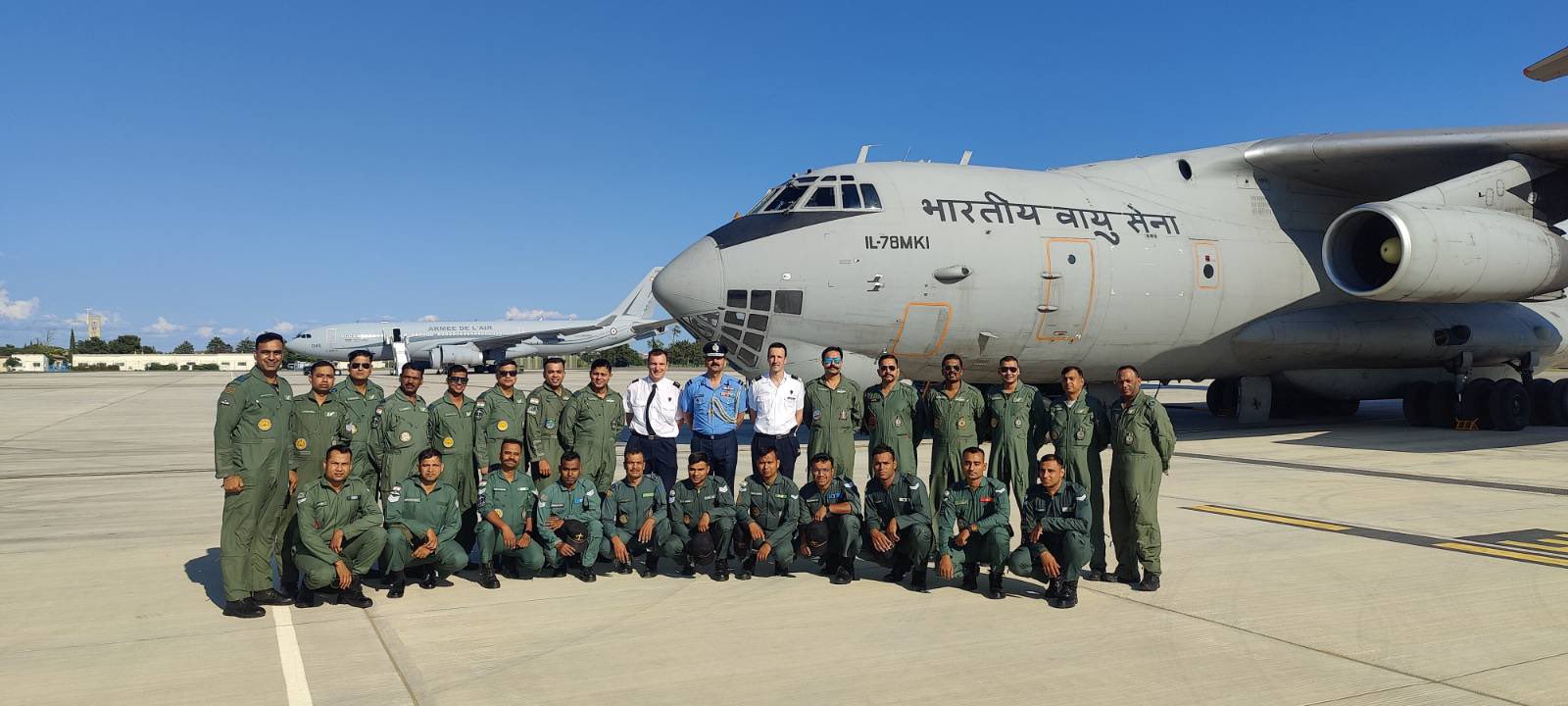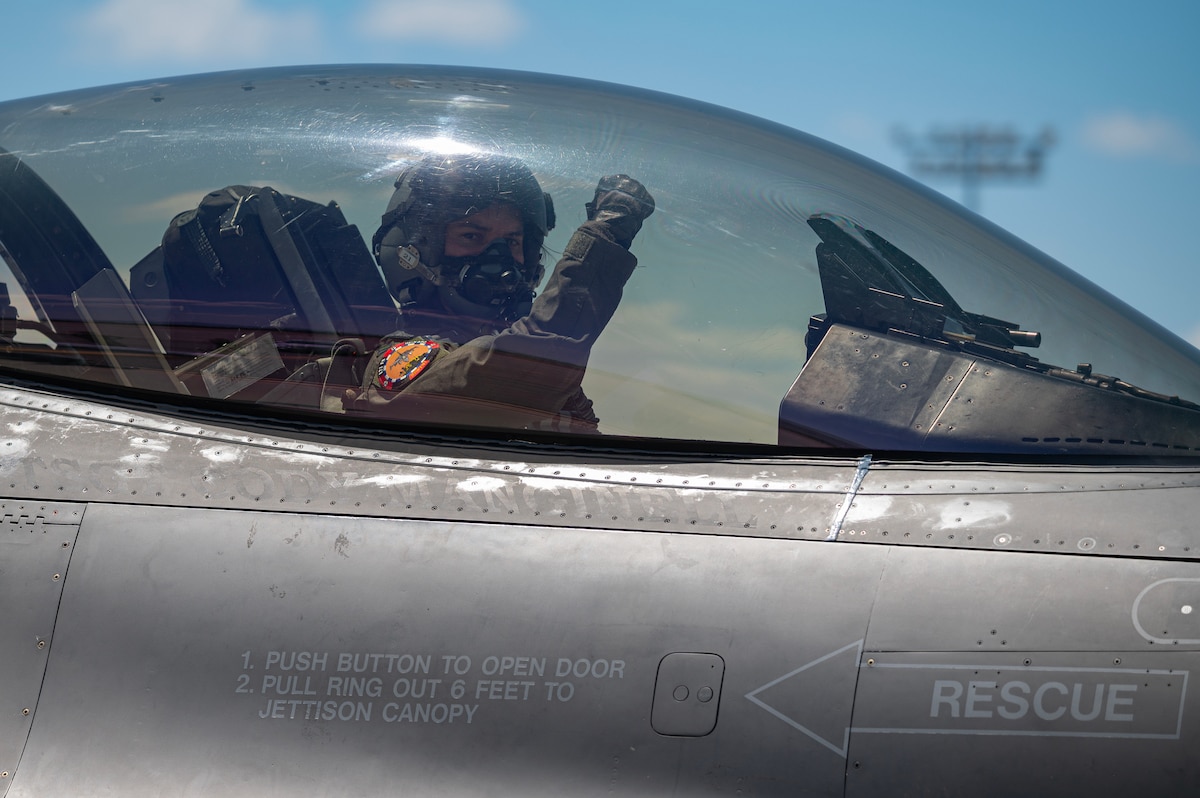The Indian Air Force (IAF) has landed its state-of-the-art Rafale fighter jets to participate in the prestigious multinational exercise, Red Flag 24. This is the first time IAF Rafales have landed on US soil. They are likely to train with F-16 fighting falcons and F-35 stealth fighters.
The exercise, known for its advanced aerial combat training scenarios, will likely see the IAF’s Rafales engage in aerial combat against some of the most advanced US fighter jets.
On May 30, the IAF officially announced the arrival of its contingent at the Eielson Air Force Base in Alaska, USA, marking the commencement of their participation in Red Flag 24.
According to the Indian Air Force, the two-week exercise aims to integrate aircrew in a multinational environment, providing invaluable training opportunities for enhancing combat readiness and interoperability.
Undertaking a transatlantic flight, the Rafales made staging halts at Greece and Portugal, demonstrating the IAF’s logistical prowess. Supported by IL-78 air-to-air refuelers and C-17 transport aircraft, the Rafales traversed continents to reach their destination for the multinational exercise.

Eight Rafale fighter aircraft, evenly divided between single-seaters and twin-seaters, are participating in the Red Flag exercise.
The Indian Air Force will have a one-of-a-kind opportunity during the upcoming training session. Eielson Air Force Base hosts a unit comprising F-16 fighting falcons and two units of the United States Air Force’s (USAF) cutting-edge F-35s.
In addition to the Rafales, the Indian Air Force (IAF) has deployed Il-78 mid-air refueling aircraft and C-17 Globemaster transport aircraft to Eielson Air Force Base.
The US Air Force said that Red Flag-Alaska 24-2, a Pacific Air Forces-sponsored exercise, will commence on May 30 and run through June 14. Primary flight operations over the Joint Pacific Alaska Range Complex will follow.
According to the USAF, approximately 3,100 service members are expected to fly, maintain, and support over 100 aircraft from four nations participating in Red Flag-Alaska 24-2.

Red Flag Exercise To Address China Threat
India’s involvement in Red Flag-Alaska 23-3 serves as a pivotal demonstration of its commitment to enhancing cooperation with the United States, particularly amid escalating tensions with China.
Since its inception in 1975, the Red Flag exercise has undergone a significant evolution. It has transformed from a platform primarily focused on training Air Force pilots in air combat sorties to a comprehensive training regimen addressing modern challenges and emphasizing interoperability among allied air forces.
The exercise’s evolution reflects the shifting dynamics of global security, with a renewed focus on preparing the United States and its allies for potential contingencies against near-peer rivals, notably China and Russia.
This year’s iteration of Red Flag, closely aligned with the objectives outlined in the 2022 National Defense Strategy, highlights the importance of deterring aggression and addressing emerging challenges in the Indo-Pacific and Europe.
Red Flag exercises, typically conducted in three sessions annually, cater to different levels of participation, ranging from US-only sessions to broader exercises involving a diverse array of global allies.

The exercise has also increasingly become a crucial platform for preparing military forces for the complexities of modern warfare.
A defense expert who did not wish to be named told the EurAsian Times that it’s an ideal platform for the Indian Air Force pilots to train against some of the world’s best warplanes. This would be the first time IAF Rafales will train with F-35 stealth fighters. This should give IAF invaluable lessons as China frequently deploys its J-20 fighters near the Indian border. Training with F-35s would help IAF understand J-20s better.
Last year’s iteration of Red Flag was focused on longer-range maritime combat scenarios. The move reflects the growing strategic importance of the Pacific theater and the challenges posed by potential conflicts with China.
US Air Force General Mark Kelly, head of the service’s Air Combat Command, also noted the evolving nature of Red Flag scenarios, particularly their alignment with Pacific-driven challenges.
The inclusion of maritime training, conducted in collaboration with the Navy, underscores the need to address the unique complexities of operating over vast expanses of ocean.
Furthermore, the US military’s growing concerns about the vulnerability of large bases to stand-off strikes have prompted a shift towards distributed concepts of operation.
This approach requires aircraft to be ready for rapid deployment to remote or austere locations, emphasizing the importance of adaptability and flexibility in modern military operations.
In the Pacific region, where operating locations are often widely dispersed, the need for experience in flying overwater for extended periods is paramount. Red Flag exercises provide an opportunity to hone these skills and prepare for the demands of conducting combat sorties from disparate sites.
Red Flag 23-3, for instance, offered participants more complex target areas and focused on practicing camouflage and concealment techniques across multiple spectrums.
Additionally, realistic scenarios tailored to the Indo-Pacific Command’s operational requirements provided invaluable training opportunities, enabling aircrews to refine their tactics and strategies in a dynamic and challenging environment.
- Contact the author at ashishmichel(at)gmail.com
- Follow EurAsian Times on Google News




